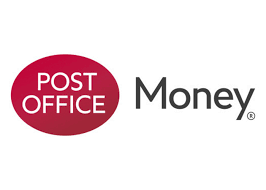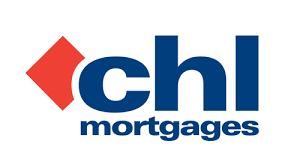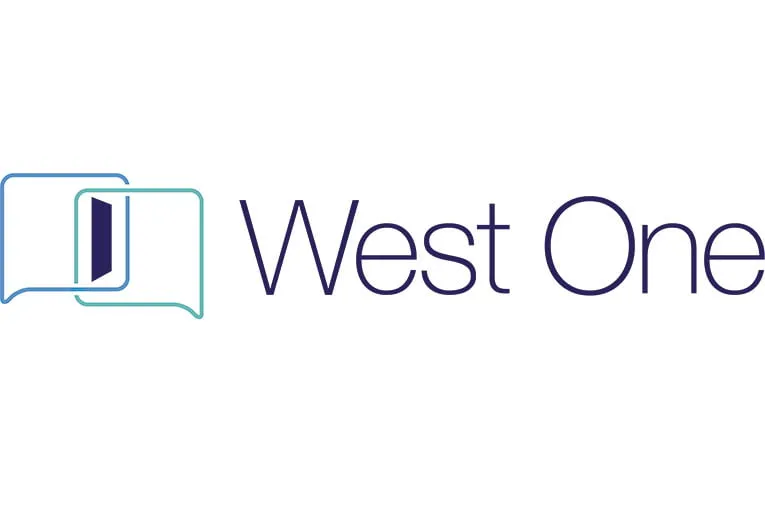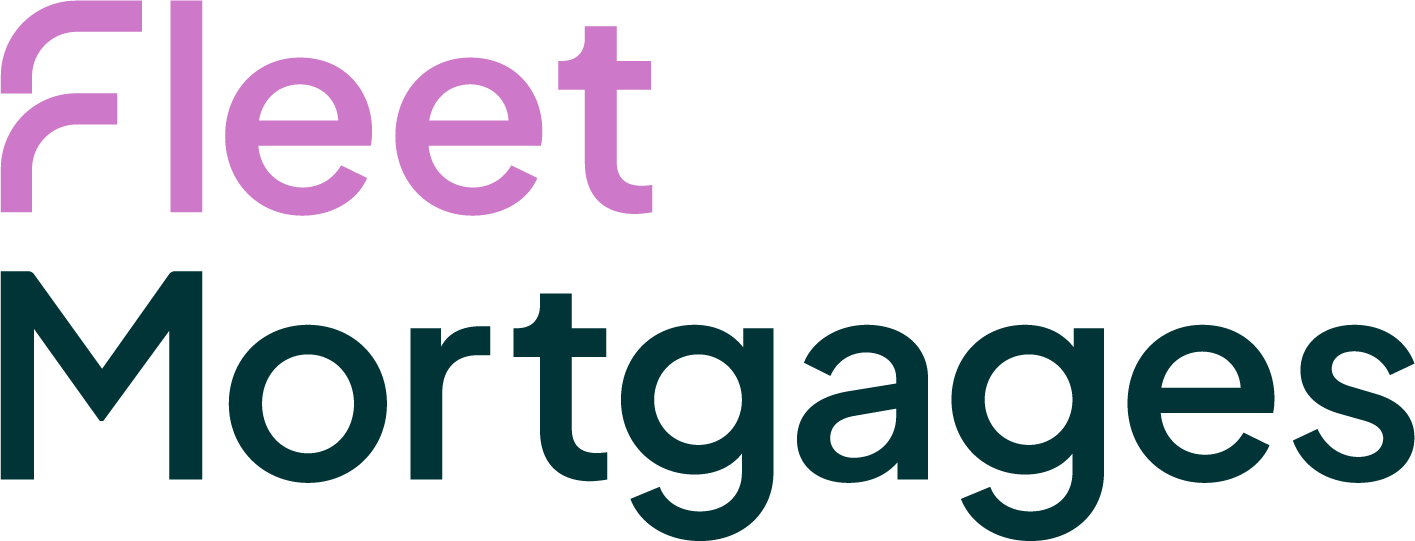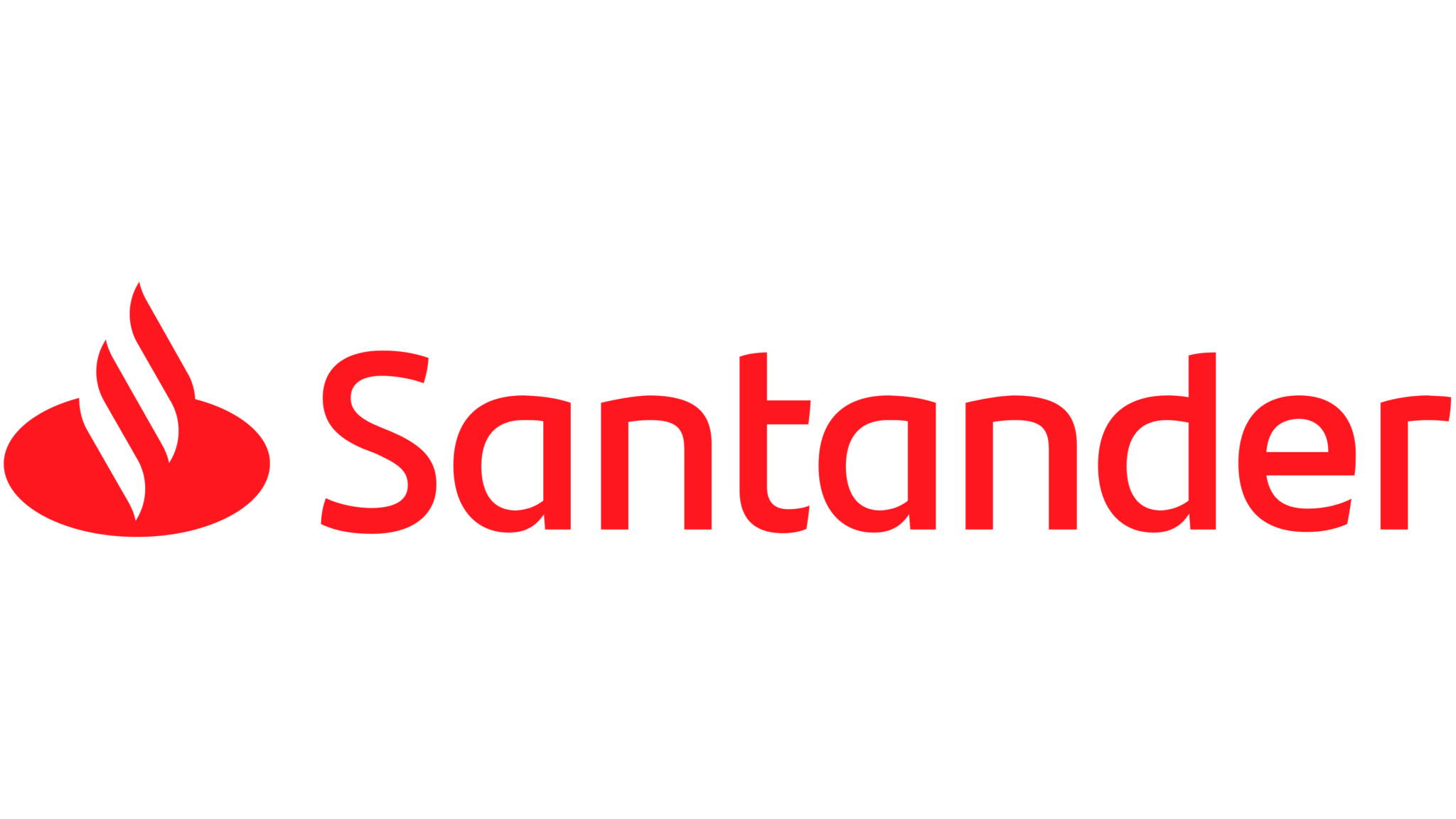Introduction to Portfolio Mortgages for Landlords
For landlords with multiple buy-to-let properties, managing individual mortgages can quickly become time consuming and complex. A portfolio mortgage offers a smarter, streamlined solution bringing multiple properties under one mortgage umbrella.
Whether you’re a professional landlord expanding your portfolio or looking for more efficient finance management, understanding how portfolio mortgages work can help you make strategic investment decisions. A portfolio landlord is defined as someone who owns four or more buy-to-let properties, and may benefit from specialised mortgage products designed for managing a comprehensive property portfolio.
A portfolio mortgage operates in the same way as a buy-to-let mortgage, but is designed to cover multiple properties within a single finance arrangement.
What Is a Portfolio Mortgage?
A portfolio mortgage is a single mortgage product used to finance multiple rental properties. Rather than holding separate mortgage agreements for each property, you consolidate them into one facility with a single lender and monthly repayment.
Lenders typically classify landlords as “portfolio landlords” when they own four or more mortgaged rental properties, including mortgaged BTL properties. Both individual and joint applications are considered when counting the total number of mortgaged properties in a landlord’s portfolio.
The portfolio mortgage structure allows the lender to assess the entire property portfolio as one entity, focusing on total rental income and the combined loan-to-value ratio across all properties. Portfolio mortgage applications involve a comprehensive assessment of all mortgaged properties in the landlord’s portfolio.
Types of Mortgages for Landlords
Landlords have a variety of mortgage options to choose from, each designed to suit different investment strategies and financial needs. Fixed-rate mortgages offer predictable monthly payments, making it easier for portfolio landlords to budget for their property portfolios. Variable-rate and tracker mortgages, on the other hand, can provide lower initial rates but may fluctuate with market conditions, impacting overall interest costs.
For those managing multiple properties, portfolio mortgages stand out as a practical solution. These allow landlords to consolidate several properties under one mortgage product, streamlining management and potentially reducing administrative costs. Portfolio landlords can also explore flexible repayment options, such as interest-only or par and part mortgages, which can help maximise rental income and support further investment.
Ultimately, it’s essential for landlords to assess their financial situation, investment goals, and the performance of their properties before choosing a mortgage. By carefully evaluating the available options, landlords can select a mortgage that aligns with their long-term objectives and supports the growth of their property portfolio.
How Portfolio Mortgages Work
With a portfolio mortgage, the lender evaluates your whole property portfolio to determine loan eligibility, rather than underwriting each property individually. Lenders assess the portfolio at a portfolio level, considering aggregate rental income and overall loan-to-value (LTV) across all properties.
An affordability assessment is performed across the entire portfolio, evaluating your ability to cover mortgage payments for all properties combined, not just on an individual basis. Lenders may also use a minimum rental calculation, such as an interest coverage ratio (ICR) at a stressed rate, to ensure that the total rental income is sufficient to cover mortgage obligations. This allows stronger-performing properties to offset lower-yielding or underperforming ones.
Loan-to-value (LTV) ratios typically range from 65% to 75% across the portfolio. Repayment terms can vary from 5 to 30 years, with options for capital and interest or interest-only repayment plans. Interest rates on portfolio mortgages may be slightly higher than standard buy-to-let rates due to the increased complexity and risk for the lender.
Some lenders allow landlords to add or remove properties from the portfolio mortgage over time, providing a flexible solution that grows with your investment strategy. As part of the assessment, supporting information such as property schedules and current account statements may be required.
Who Can Benefit from a Portfolio Mortgage?
Portfolio mortgages are ideal for:
Experienced landlords with four or more buy-to-let properties seeking a more efficient way to manage their finances.
Landlords operating via a limited company (SPV) who want to benefit from corporation tax advantages and mortgage interest relief.
Investors looking to expand their property holdings while keeping finance administration streamlined.
Lenders assess each client’s overall financial situation and property portfolio before deciding how much to lend. Many lenders are willing to lend to experienced clients who meet their portfolio criteria.
By consolidating multiple loans, portfolio mortgages reduce paperwork, centralise repayments, and can unlock equity from one property to reinvest in others.
Advantages of Portfolio Mortgages
Portfolio landlord mortgages are designed to make managing multiple properties more straight forward, offering tailored solutions for landlords with several rental properties.
Simplified Management: One monthly payment, one lender, and a single mortgage agreement make it easier to manage multiple properties.
Increased Flexibility: The performance of the portfolio is assessed as a whole, making it easier to borrow even if some properties generate lower yields.
Potential for Higher Maximum Loan Size and Maximum Number of Properties: Portfolio landlord mortgages often allow for a higher maximum loan size and a greater maximum number of properties to be included in a single portfolio, providing more opportunities for growth.
Potential Tax Efficiency: Using a limited company structure may offer more favourable tax treatment, especially following changes to mortgage interest relief rules.
Improved Cash Flow: Interest-only options allow landlords to maximise monthly rental income and invest surplus cash into further properties.
Tailored Financing: Some lenders allow you to release equity from one property to finance the purchase of another within the same portfolio.
Considerations and Risks
Despite the benefits, portfolio mortgages come with a few challenges:
Cross-Collateralisation: If one property underperforms or if repayments aren’t met, the entire portfolio could be at risk as all properties are held as security.
Higher Costs: Arrangement fees are often 1–2% of the total loan. Legal and valuation costs can be higher due to the complexity of underwriting multiple properties.
Eligibility Requirements: Lenders generally require borrowers to have a strong track record as a landlord, along with documentation showing rental income, property value, and business structure. Many lenders also require applicants to meet a minimum income threshold as part of their criteria.
Applicants may need to submit additional information, such as property schedules or business plans, to support their application. All required documentation must be completed and submitted for the application to be processed.
Interest Rates: Rates may be slightly higher than individual buy-to-let mortgages, depending on the lender and overall portfolio performance.
All mortgage offers are subject to final approval and meeting all lender requirements.
Existing Portfolio Considerations
Before applying for a new mortgage, portfolio landlords should take a close look at their existing portfolio. This means assessing the performance of current rental properties, reviewing mortgage agreements, and understanding the overall financial health of the portfolio. Key factors to consider include current rental income, cash flow, and the terms of existing mortgages.
Adding new properties to a portfolio can affect monthly payments, overall rental income, and the ability to meet lender criteria for a new mortgage. Landlords should also consider how a new mortgage might impact their financial stability and investment strategy. By thoroughly evaluating their existing portfolio and taking into account all relevant financial details, landlords can make informed decisions that support sustainable growth and long-term success.
Portfolio Mortgage Options Available
Landlords can access a range of tailored mortgage options depending on their goals and structure. Portfolio mortgages can cover both residential and commercial properties, or a mix of both, giving landlords flexibility to finance a variety of property types within their portfolio.
Standard Portfolio Mortgages: Designed for individual landlords with multiple buy-to-lets. These are available on both personal and company ownership and can include residential and commercial properties.
Limited Company Portfolio Mortgages: Ideal for landlords using SPVs to manage their property business and access corporation tax advantages, suitable for both residential and commercial properties.
Interest-Only Mortgages: Commonly used to maximise monthly profits, especially useful for landlords looking to grow their portfolio with new property acquisitions, whether residential or commercial.
Flexible Portfolio Products: Allow you to add or remove a new property—residential, commercial, or a mix of both—from the mortgage as your investment strategy evolves.
Adverse Credit Portfolio Mortgages: Offered by some specialist lenders who focus on portfolio performance rather than personal credit history, and can be used for both residential and commercial properties.
Portfolio Mortgage Lenders
High-Street and Challenger Lenders
Lender | Lending Criteria |
|---|---|
Barclays | Supports up to 6 properties with Barclays; 10 total portfolio |
Metro Bank | Accepts up to 5 properties with Metro; 10 overall |
NatWest | Portfolio products available via intermediaries |
The Mortgage Works | No limit on number of properties; up to £5 million total borrowing |
Leeds Building Society | Portfolio options with strict stress testing criteria |
Note: Each lender sets a maximum total number of properties that can be included in a portfolio mortgage. This total number may include properties with inflight applications and unencumbered properties, and it can affect lending limits and rental calculations.
Specialist and Non-Bank Lenders
Lender | Focus Area |
|---|---|
Aldermore Bank | Tailored mortgages for professional landlords and SPVs |
Shawbrook Bank | No property limit; custom underwriting for complex portfolios |
Together Money | Supports adverse credit and flexible lending structures |
LendInvest | Digital-first lender with rapid turnaround for SPVs |
Cambridge & Counties | Specialist in small commercial and portfolio lending |
Cumberland Building Society | Focused on professional landlords with larger portfolios |
Note: Some specialist lenders allow capital raising as part of a remortgage, especially for landlords with larger portfolios. Additionally, certain lenders consider joint mortgaged properties when assessing eligibility and calculating overall portfolio size.
Typical Costs of a Portfolio Mortgage
Understanding the cost structure is vital before committing to a portfolio mortgage. Common charges include:
Arrangement Fees: Usually 1–2% of the total loan value.
Valuation Fees: Charged per property or based on portfolio size.
Legal Fees: Often higher due to the complexity of multiple property transactions.
Broker Fees: May apply if you’re using a mortgage broker, which is often recommended for access to specialist lenders.
Early Repayment Charges: These may apply if you pay off the mortgage early during a fixed-rate period.
Landlords should also be aware of the standard variable rate (SVR) that may apply after an introductory period, as moving onto the lender’s SVR can increase overall costs.
How to Qualify for a Portfolio Mortgage
To apply for a portfolio mortgage, you will typically need:
A minimum of four mortgaged buy-to-let properties
A combined property value usually above £500,000
Proven rental income across the portfolio
Experience in managing buy-to-let properties
Clear documentation and a strong business case if applying through a limited company
A property schedule detailing all properties in your portfolio
When submitting a portfolio landlord case, applicants may also need to provide a personal statement of assets and details of all properties in the portfolio, as well as meet specific calculations such as the interest coverage ratio (ICR) applied across multiple properties.
Some lenders also require a business plan, tenancy agreements, and evidence of rental yields to assess affordability and sustainability.
Mortgage Calculators and Tools
Mortgage calculators and digital tools are invaluable for portfolio landlords looking to make informed decisions about their property investments. These resources can help landlords estimate potential mortgage repayments, assess affordability, and compare different mortgage products based on their unique circumstances.
Some calculators go beyond basic repayment estimates, allowing landlords to project rental income, expenses, and cash flow across their entire portfolio. This level of insight can simplify the mortgage application process, reduce uncertainty, and help landlords assess the impact of new investments on their overall financial position. By leveraging these tools, portfolio landlords can streamline their decision-making and ensure their property portfolio remains on a solid financial footing.
Tax Implications for Portfolio Landlords
Tax considerations play a significant role in the financial success of portfolio landlords. Understanding the available tax deductions such as those for mortgage interest, property maintenance, and other allowable expenses can help landlords optimise their rental income and reduce their overall tax liability.
Portfolio landlords should also be aware of capital gains tax implications when selling rental properties, as well as the potential benefits of operating through a limited company. Incorporating a rental business can offer advantages like lower corporation tax rates and more flexible ways to manage profits and expenses.
However, landlords must ensure they comply with all relevant tax regulations, including submitting annual tax returns and accurately reporting rental income.
Seeking professional tax advice and staying up-to-date with current tax laws is essential for portfolio landlords who want to maximise their investment returns and maintain a compliant, efficient property business.
Is a Portfolio Mortgage Right for You?
If you’re managing multiple rental properties, a portfolio mortgage can streamline your finances, reduce paperwork, and provide more borrowing flexibility. It’s a great tool for scaling up your property investments while maintaining control and clarity over your finances.
However, this type of mortgage isn’t suitable for everyone. If you own fewer than four properties, or prefer to keep borrowing separate for each asset, a traditional buy to let mortgage or standard buy-to-let mortgages might be more appropriate. Always speak to a mortgage adviser who specialises in portfolio lending to help you understand your options and tailor a solution to your needs.
Final Thoughts
A portfolio mortgage is more than just a financial product it’s a strategic tool for long-term property investors. Portfolio landlord mortgages are specifically designed to help landlords efficiently manage multiple rental property investments, offering tailored solutions for those with larger portfolios. With the right setup, you can unlock equity, boost cash flow, and streamline your operations under one roof.
As property markets become more complex and competitive, portfolio mortgages offer landlords a smarter, more efficient way to manage their growing investments. With access to the right lenders and proper financial planning, you can scale your property business with confidence.
Get help from an experienced mortgage broker
You can speak to one of our specialist mortgage brokers who would be able to guide you through the process. They will advise if there is a lender available and the maximum loan amount based on your circumstances. We are a whole of market mortgage brokerage with access to all lenders. Call us on 01332 470400 or complete the form with your details for us to give you a call back.
Why Work with Option Finance for Commercial Mortgages?
At Option Finance, we specialise in mortgages for complex credit scenarios. Our team works with all major bad credit lenders and has access to exclusive deals that aren’t available on the high street.
Understanding one’s credit report from a credit reference agency can help in securing a mortgage.
Over 20 years of experience
Full market access to specialist lenders
Fast, honest, and personalised mortgage advice
Expert help with complex or recent credit issues
Showing our favourite reviews

Always attentive, helpful and efficient
Jonathan, 27 Jan 2025

Best Mortgage Broker in the UK!
Liam, 26 Nov 2024

Ben was really helpful in helping me…
George, 28 Aug 2024
FAQs
What is a portfolio mortgage?
A portfolio mortgage is a type of loan designed for landlords who own multiple rental properties—typically four or more. Instead of taking out separate mortgages for each property, landlords can finance all or some of their properties under one umbrella loan.
How many properties do I need to qualify for a portfolio mortgage?
Most lenders define a portfolio landlord as someone with four or more mortgaged buy-to-let properties. However, criteria can vary by lender, so it’s best to check individual requirements.
Can I include both residential and commercial properties in a portfolio mortgage?
Some lenders allow mixed portfolios (residential, HMOs, and commercial properties), but others may restrict loans to residential buy-to-let properties only. A specialist lender or broker can help identify suitable options.
How are portfolio mortgage applications assessed?
Lenders look at the overall performance of your property portfolio rather than just individual properties. This includes factors like:
Rental income across the portfolio
Loan-to-value (LTV) ratios
Personal income and experience as a landlord
Stress testing on a portfolio-wide basis
What are the benefits of a portfolio mortgage for landlords?
Key advantages include:
Simplified management (one payment, one lender)
Potential cost savings on fees and interest
Greater flexibility to release equity from one property to invest in another
Tailored lending options from specialist lenders
Ready to Take the First Step?
Whether you’re a first-time buyer, remortgaging, or moving home, bad credit doesn’t have to hold you back.
Understanding credit scoring can help you prepare for a mortgage application. You can speak to one of our specialist mortgage brokers who would be able to guide you through the process. They will advise if there is a lender available and the maximum loan amount based on your circumstances. We are a whole of market mortgage brokerage with access to all lenders.










